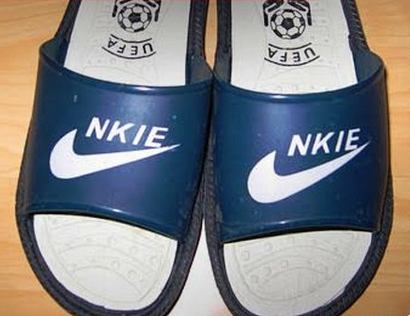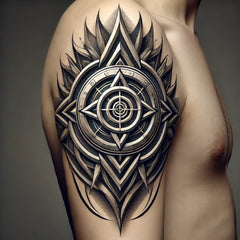Your cart is empty now.

Fake Brand or Counterfeit Brands - How to Avoid Them!
- 15 April, 2024
- Nyall Engfield
Fake brands, often referred to as counterfeit brands, are illicit replicas of genuine products that are designed to deceive consumers by imitating the appearance, trademarks, and packaging of legitimate goods. These knock-offs are usually of inferior quality and are sold at lower prices, potentially harming the reputation of the brand they mimic and posing safety risks to consumers. Here’s an overview of how to identify fake brands and protect yourself from counterfeits.
Recognizing Fake Brands
**1. Quality and Craftsmanship: Genuine products typically have higher-quality materials, precise craftsmanship, and attention to detail. Counterfeits often look similar at a glance but usually have poor quality in construction, including uneven stitching, cheap materials, faded colors, and misspellings on labels or packaging.
**2. Price: If a deal seems too good to be true, it probably is. Significantly lower prices than what is offered through reputable retailers can be a red flag for counterfeit goods.
**3. Retailer and Purchase Location: Buying from reputable and authorized retailers is one of the best ways to avoid fake products. Counterfeits are often sold through unauthorized street vendors, unofficial websites, or online marketplaces from sellers with dubious reputations.
**4. Packaging: Legitimate products usually come in high-quality packaging with clear, correct branding and security seals where applicable. Counterfeits may have low-quality packaging, unclear printing, errors in the brand name or logo, and missing information such as barcodes or serial numbers.
**5. Documentation: Authentic products often come with comprehensive user guides, warranty cards, and certification that guarantee the authenticity. Counterfeits usually lack these or include poorly written documentation.
**6. Serial Numbers and Authentication Tags: Many genuine products have serial numbers that can be verified with the manufacturer. Luxury goods may also include authenticity cards or holograms that are difficult for counterfeiters to replicate accurately.
Additional Considerations
Online Verification Tools: Some brands offer online authentication services where you can enter serial numbers or use other methods to verify the authenticity of a product.
Product Reviews: Checking online reviews, especially on platforms independent of the seller’s website, can help identify if others have received counterfeit products from the same retailer or listing.
Familiarity with the Product: Knowing what the genuine product looks and feels like can make it easier to spot discrepancies in a counterfeit. Visiting a retail store to familiarize yourself with real items can help you identify fakes when shopping elsewhere.
Legislation and Reporting: Be aware of local laws regarding counterfeit goods. In many jurisdictions, both selling and buying counterfeits can have legal repercussions. If you suspect that you have purchased a counterfeit item, report it to the seller platform (if purchased online), the original manufacturer, or local authorities.
Conclusion
Identifying fake brands requires a combination of vigilance, knowledge, and careful purchasing practices. By paying attention to the quality, pricing, and sourcing of the products you buy, and using tools provided by brands for authentication, you can protect yourself from the risks associated with counterfeit goods. Always opt for purchases from authorized and reputable sources to ensure the authenticity and quality of the products you buy.
Search
Archive
- August 2024



